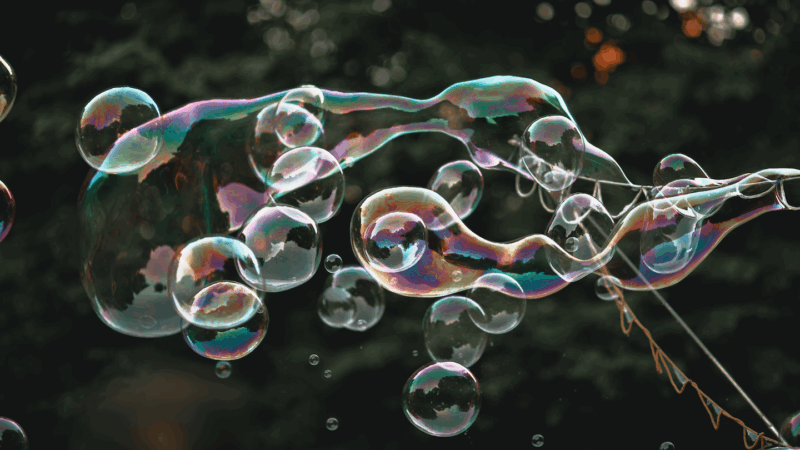[vc_row css_animation=”” row_type=”row” use_row_as_full_screen_section=”no” type=”full_width” angled_section=”no” text_align=”left” background_image_as_pattern=”without_pattern”][vc_column][vc_column_text]How many drops of water can fit on a penny? Take a guess. Go on. Right down your prediction. In the following activity, we will see how close you came to guessing correctly. The answer might surprise you.
Here’s What You Need
- Pennies
- Eye dropper or pipette
- Cup of water
- Paper towels or clean towel (for clean up)
Here’s What You Do
Place the penny on a flat surface. Fill your eye dropper or pipette with water from the cup. Carefully place drops of water on the penny. Remember to count each drop. What do you notice about the water? Stop adding water when the water runs off of the penny. How did you do with your guess? Were you close?
Here are some things to test:
- Add a little dish detergent to the cup of water. How does this change the way the water behaves on the penny?
- Add salt to the cup of water. Does this change the results?
- Try a different coin. Do pennies hold the most water?
The Science Behind the Drops on a Penny Challenge
You probably managed to fit quite a few drops of water on the penny (more than you probably guessed). This is due to two forces; cohesion and adhesion. Adhesion is the force the causes the water to stick to the penny. It’s one of the reasons the water doesn’t just slide off the penny. Cohesion describes the force between the individual water molecules. It’s as if the water molecules were holding hands with one another. Cohesion is reason that the water forms a large drop on top of the penny.
Because of cohesion, the molecules on the surface of the water stick together and act like skin. This is called surface tension. The surface tension of water is pretty strong. In fact, because of surface tension, insects called water striders can actually walk on the top of water
Cohesive forces are pretty strong, but they aren’t unbreakable. You may have noticed that as you added more and more drops of water to the penny, the larger drop of water got bigger and bigger. It probably bulged over the sides of the penny. After a while, however, the cohesive forces reached their breaking point. When this happened, the surface tension broke and the water flowed over the sides of the penny.[/vc_column_text][/vc_column][/vc_row]

















